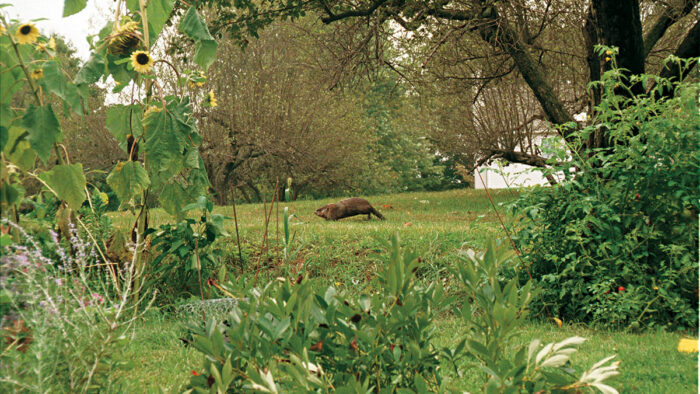
Woodchucks, aka groundhogs, are common suburban mammals. Their reputation as harbingers of spring provides an amusing distraction for winter-weary gardeners. This, however, is where the novelty ends. Woodchucks (Marmota monax) are also known as one of the garden’s biggest marauders. Protecting crops against these foes is a significant challenge.
Every quick fix, from turning the garden hose on woodchuck holes to tossing in laxatives, has been tried at one time or another to rid these varmints from vegetable gardens or flower beds. Unfortunately, the outcome is often the same: The woodchucks remain to methodically dismantle the garden bite by frustrating bite. With persistence and thoughtful planning, however, you will greatly improve your chances of fending off woodchucks.
The basics of the beast
Growing up in rural Vermont, I often encountered woodchucks and attempted many times to banish them from vegetable gardens. I recall brilliant schemes that resulted in my being humbled and frustrated by this animal’s digging and climbing abilities and its persistence.
Later I spent considerable time reading about and studying woodchucks as part of my pursuit of a master’s degree in environmental science and forestry. As a wildlife biologist, I often found myself advising desperate gardeners how to ward off woodchucks. Despite this experience, I’ve realized that the more I study, observe, and try to outwit these animals, the less confident I am in making any absolute statements.
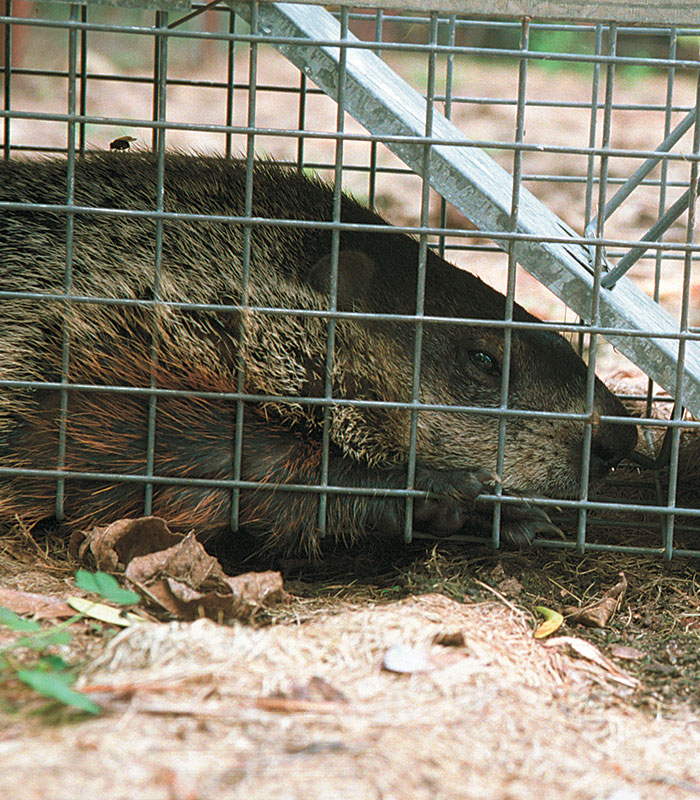
Woodchucks adapt well to many habitats, as seasons and conditions change. They’re one of our few true mammalian hibernators, spending their winters tucked away in protected burrows. This means that if they’ve found a comfortable locale in the summer and fall, they might very well stay for the spring. Adult woodchucks range in weight from 7 to 12 pounds. They have one litter of three to five young per year. These stocky, oversized ground squirrels come well equipped for their life below deck. They can move more than 200 pounds of soil per year with their powerful front legs.
During the garden growing season, they are generally found in open areas, where there is good forage and where they can stand upright and get a jump on any approaching danger. If threatened, these critters lose no time ducking into a nearby burrow.
Burrows provide woodchucks with elaborate protection. Any serious discussion of woodchucks must include their burrows. Burrows, or more accurately, burrow systems, are vital to the survival of woodchucks. Being fully prepared to match wits with these critters requires an understanding and appreciation of these complexes.
Each woodchuck burrow has one to three entrances, but sometimes more, depending on its purpose and age. The burrows come complete with a nest chamber and often a latrine area. The main entrance is usually the one with a residual pile of excavated dirt beside it. The other holes are typically within 15 feet of the main entrance and are less obvious. These provide alternative escape routes for a woodchuck caught off-guard topside. Except when rearing young, only one woodchuck occupies a burrow.
Some burrows see more woodchuck activity than others, especially if they are found along above-ground woodchuck trails. These trails and accompanying burrows help woodchucks move from one habitat to another.
Woodchucks leave signs of their activity. One of the ways woodchucks adapt to living near people is to adjust their patterns of activity around human interference. They may be active very early in the morning, late in evening, or during midday when most of us are at work. So you may not be able to see the actual animal on its rounds.
But their burrows are generally easy to detect. And if you are uncertain that the animal eating your garden is a woodchuck, check out the tracks. Woodchucks are plantigrade, which means flat-footed like you and me. Their tracks show four-toed prints on the front feet and five-toed prints on the rear feet.
A good indicator of woodchuck damage in the garden is a few good chomps out of a zucchini or a cucumber. Woodchucks are strictly plant eaters and, like most garden pests, feed on a wide variety of species, including grasses. An adult woodchuck eats 1 to 1½ pounds of vegetation daily.
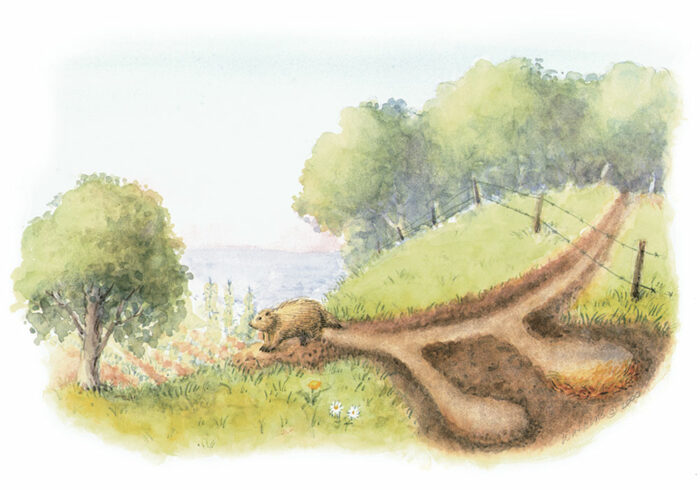
A tool kit for woodchuck removal
What can be done about woodchucks? Once you understand their habits, you need to know your options for defending your garden. How well you apply your knowledge and deploy your resources will determine your success.
Shooting. A traditional way of dealing with woodchuck damage is to shoot the offending animal with a small- or medium- caliber firearm. This method is inefficient in that it requires catching the woodchuck in the act. Few of us have time for this. But shooting does offer instant results.
Extreme caution and safety are required, and you must heed local shooting ordinances. These factors often make this method impractical and unsafe, particularly in urban and suburb an areas. You must also dispose of the carcass with care. Raccoon rabies has been confirmed in woodchucks, so rubber gloves and a burial 2 feet deep and away from any water sources is recommended.
Chemical agents. Chemical deterrents for mammalian pests are a popular control method. Predator urines, bobcat or instance, are somewhat effective in repelling woodchucks. But rain or garden irrigation dilutes their effectiveness. And currently just one commercially available woodchuck poisons or repellents has been approved by the U.S. Environmental Protection Agency: Fox Urine Shake-Away.
Gas cartridges. Many farm supply outlets and hardware stores sell gas cartridges . Studies show that these cartridges, which are labeled for use against rodents, are about 85 percent effective in killing woodchucks within their burrows. The cartridges contain sodium nitrate and charcoal. Once lit, they produce carbon monoxide gas, which kills the woodchuck. You need to find all the entrances to the burrow system and plug all but one with soil or some other material that will trap the gas. You light the fuse and put the cartridge inside the remaining hole and then quickly cover it to prevent the gas from escaping. I recommend taping these cartridges to a stick or other semi-flexible pole and conducting a trial run before actually lighting the cartridge. The stick allows lows deeper placement of the cartridge inside the burrow, and practicing will give you an indication of any quick turns the burrow may take below the surface.

Of course, it helps if the offending woodchuck is actually in the burrow you gas. You can test a burrow for activity by filling all entrances with dirt or grass clippings and then checking in 12 to 24 hours. If a woodchuck is inside, it will come out to feed during this period. Observing the woodchuck enter the burrow before gassing is best.
Trapping. Trapping woodchucks alive can be an efficient way to capture nuisance animals. Cages can be set along woodchuck paths or near their holes, baited, and left to do their work. All you have to do is check the trap regularly.
Woodchucks are primarily active during the day. So closing the traps at night will reduce the risk of capturing skunks or domestic cats. If this should happen, these nontarget animals can usually be released from the cage traps unharmed.
Good woodchuck baits include apple slices and other succulent fruits. Be sure to place the trap in the shade, as woodchucks are sensitive to temperature extremes, and heat exhaustion will cause a trapped animal undue suffering. Before capturing animals, be prepared for disposal. Humane methods include shooting and chemical injection by a trained professional. Drowning and the use of automobile exhaust are no longer considered humane and can cause the animal undue stress and pain.
If you plan to release the woodchuck elsewhere, you should know that translocation of wild animals is a touchy subject. Transmission of zoonotic diseases such as rabies, liability for causing damage on someone else’s property, and the humaneness of introducing animals to unfamiliar areas are matters of controversy. As a result, in some areas it is illegal for private citizens to transport wild animals from one location for release at another. Check your local laws.
Fencing. Woodchuck barriers are not difficult to construct using traditional fencing. The fencing should be at least 3 feet tall and made of tight wire mesh, such as chicken wire. It should be buried in the ground a minimum of 1 foot. An additional measure is to angle out a section of the underground portion of the fencing to create an L-shape, which will help deter woodchucks from digging under the fence. Curving the top of the fence outward will deter bold climbers. Be aware, however, that any weakness, such as a swinging gate, will be found and breached by opportunistic woodchucks.
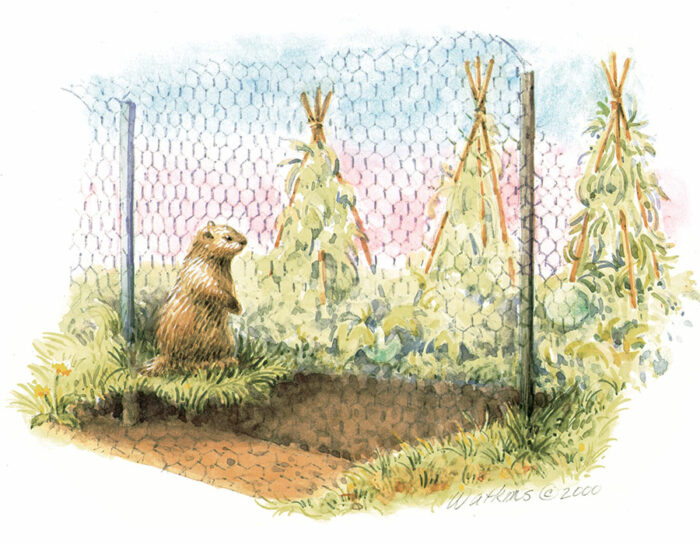
Electrified fences will provide the same or better protection and require only two strands of conductor, usually at 4 inches and 6 to 8 inches above ground. This configuration allows easy access to the garden and doesn’t detract terribly from a garden’s aesthetic quality. Battery and solar-powered chargers are available and both are quite portable.
An advantage to electric fencing is that it can be configured to keep out a variety of other garden raiders, such as deer and raccoons, and it requires surprisingly little maintenance. Children need to be warned of the uncomfortable consequences of touching an electrified fence. Pets quickly train themselves.
Never assume that a problem taken care of this year or even this month will result in a woodchuck-free zone around your garden. You may find other woodchucks either suddenly moving into this vacant territory or attempting to override your defenses. So stay on your toes.
—Robert Bruleigh is a federal wildlife biologist in Concord, New Hampshire.
Photos: John Bray.
Illustrations: Leslie Watkins.
February 2000
from Kitchen Gardening #25
Fine Gardening Recommended Products
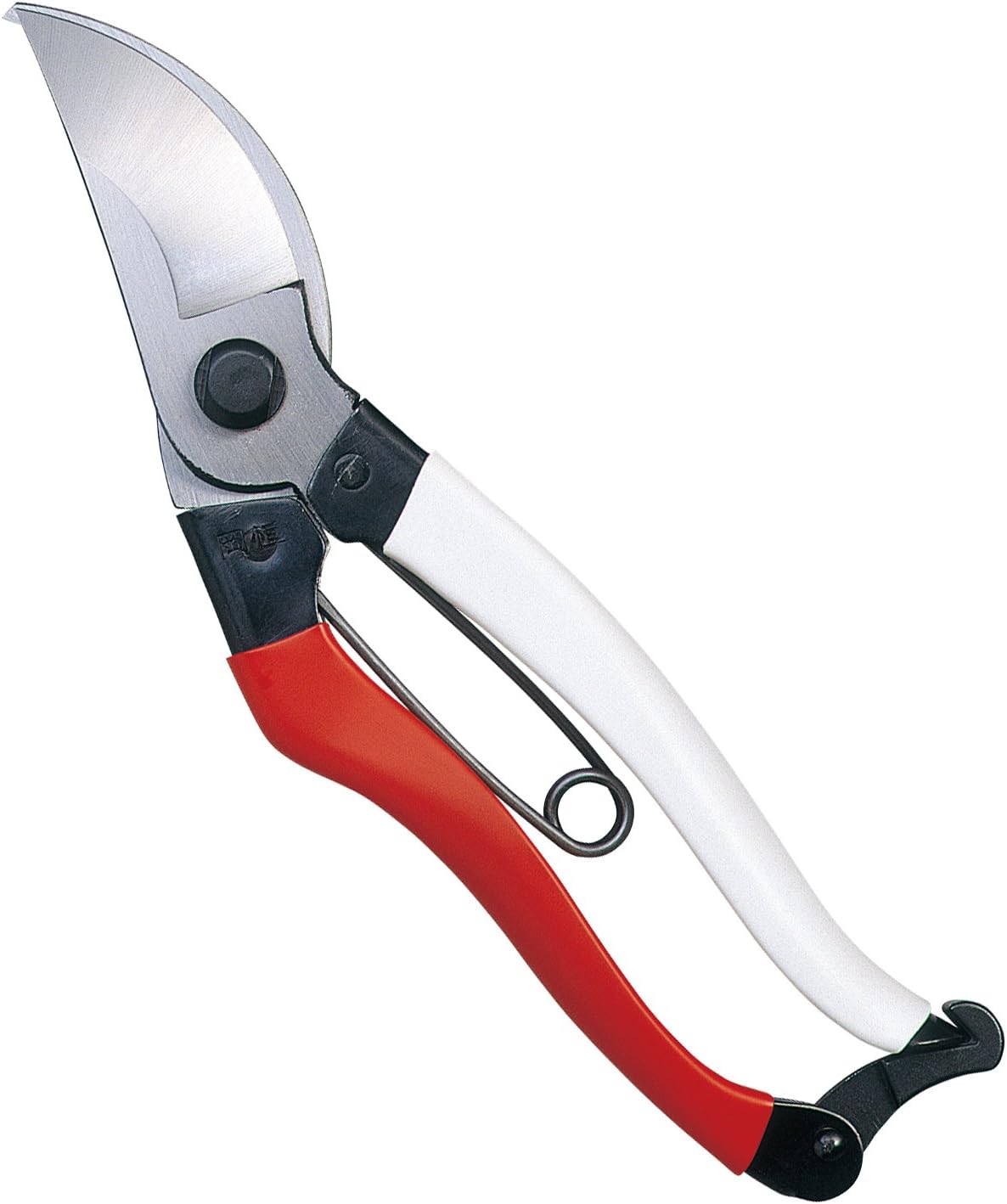
Okatsune 103 Bypass Pruners General Purpose Medium
Fine Gardening receives a commission for items purchased through links on this site, including Amazon Associates and other affiliate advertising programs.

Plant Covers Freeze Protection 10 ft x 30 ft Floating Row Cover 0.9oz/yd²
Fine Gardening receives a commission for items purchased through links on this site, including Amazon Associates and other affiliate advertising programs.

Chapin International 10509 Upside-Down Trigger Sprayer
Fine Gardening receives a commission for items purchased through links on this site, including Amazon Associates and other affiliate advertising programs.


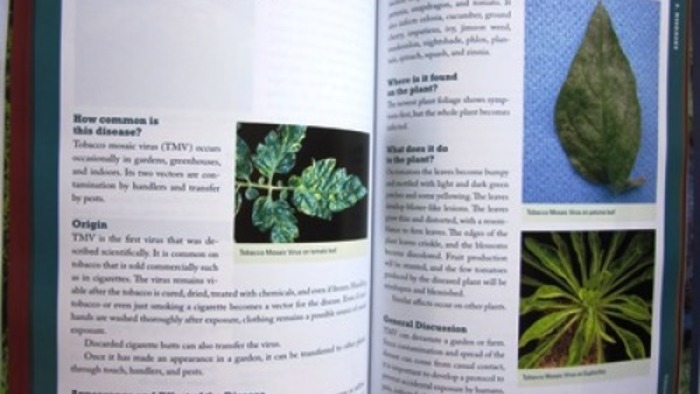
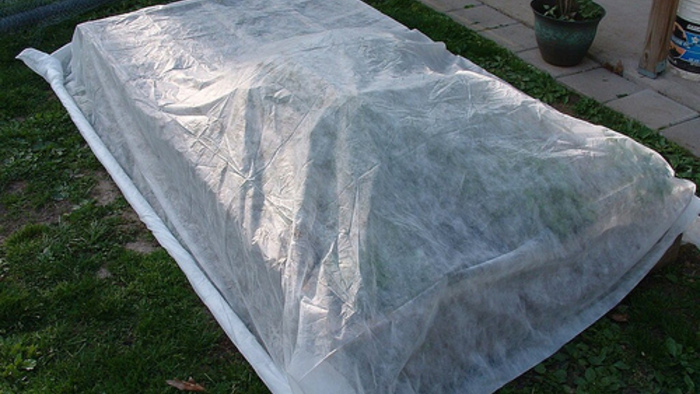














Comments
Log in or create an account to post a comment.
Sign up Log in